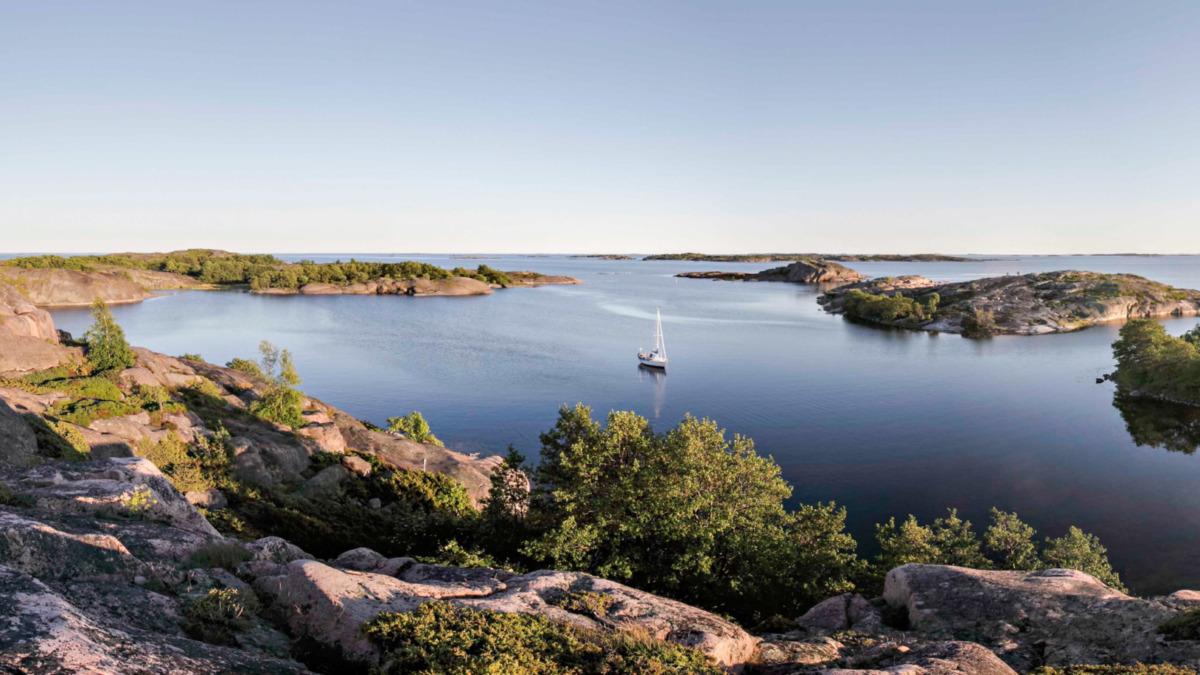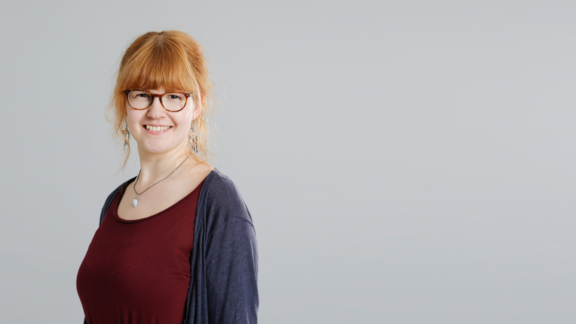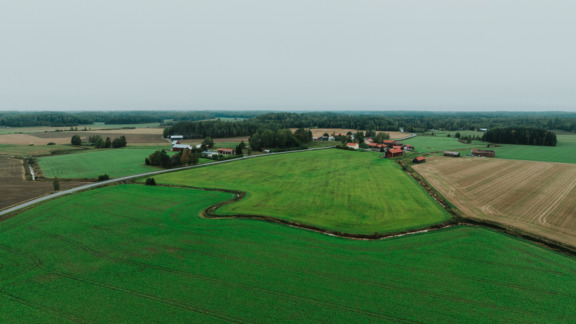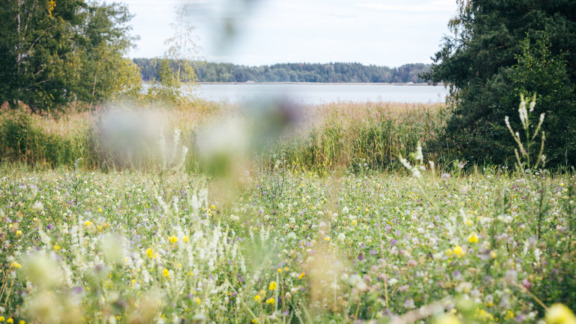Gullkrona, the largest private conservation area in the archipelago sea – 4,800 hectares of marine nature under protection
History was made in the Baltic Sea this autumn when the largest private conservation area in the Archipelago Sea was established in the waters surrounding the island of Gullkrona as part of BSAG’s Living Baltic Sea project. Protecting biodiversity helps the sensitive Baltic Sea to fight threats such as climate change and eutrophication.

Landowners made a unanimous decision to protect their marine areas back in May 2021, and official confirmation has now been received from the ELY Centre for Southwest Finland. Aquaculture, the extraction of sea sand and other intensive modifications of the seabed are now prohibited in the conservation area in Pargas, south of Nagu. The eelgrass meadows growing in the area have been protected with a ban on anchoring. Movement has also been restricted around bird nesting islets during the nesting season.
The 4,800–hectare Gullkrona marine conservation area is the largest private conservation area in the Archipelago Sea. The average size of private conservation areas in the Baltic Sea is about 280 hectares.
We’re delighted that we’ve been able to work with the other members of the joint property management association to promote the establishment of a marine conservation area. I hope this pilot project will inspire others and act as an example for the establishment of similar conservation areas.
Irina Wahlström, a member of the Gullkrona Fishery Collective
Inspiration for the establishment of private conservation areas
It’s important to protect biodiversity in the Baltic Sea, as a diverse range of species and habitats will help the sea fight threats such as climate change and eutrophication. The most biodiverse areas are often privately owned shallow coastal waters. Establishing a private conservation area is a concrete way for landowners to help the Baltic Sea.
Consent from landowners is always required before a conservation area can be established. From the outset, the restrictions related to the Gullkrona conservation area were formulated in cooperation with landowners (that is, the Gullkrona Fishery Collective), so as not to unduly complicate the lives of locals. For example, there are no restrictions on fishing, hunting or construction in the area.
“Respecting the natural value and biodiversity of the archipelago has always been of paramount importance to us. We’re delighted that we’ve been able to work with the other members of the joint property management association to promote the establishment of a marine conservation area. I hope this pilot project will inspire others and act as an example for the establishment of similar conservation areas,” says Irina Wahlström, a member of the Gullkrona Fishery Collective.

Conservation in Gullkrona is a joint effort
Although the Baltic Sea Action Group has coordinated the conservation process, the application was made in the fishery collective’s name. Reaching a decision on conservation has also required close cooperation with the ELY Centre for Southwest Finland, Metsähallitus, the Finnish Environment Institute and the Ministry of the Environment.
“Protecting a large marine area like Gullkrona requires a broad range of expertise and the exchange of information between various parties. Help from experts has been invaluable in establishing this conservation area. We’re also working with experts to find ways of making private conservation of the Baltic Sea even more attractive to landowners in the future,” says BSAG’s Project Manager Anna Klemelä.
“The decision to establish a private marine conservation area in Gullkrona was exceptional in many ways. Extensive background work was carried out by a cooperation group led by BSAG, while Metsähallitus identified the natural values required to set up the conservation area. Thanks to the VELMU programme, conservation values for marine nature are gradually being better understood, and the ELY Centre hopes that the Gullkrona pilot will act as an example for similar projects,” says Leena Lehtomaa, a senior advisor at the ELY Centre for Southwest Finland.
The Living Baltic Sea project is part of BSAG’s marine conservation programme. BSAG is also involved in the LIFE IP-BIODIVERSEA programme, which is funded by the EU’s LIFE programme and is seeking to develop a conservation network in the Baltic Sea. This summer will see the launch of the SaaristoRider project (SAARI), which will begin analysing water quality around the island of Gullkrona with funding from the Regional Council of Southwest Finland.
CONTACT

Anna Klemelä
Project Manager, Marine Biodiversity; Communications Specialist



